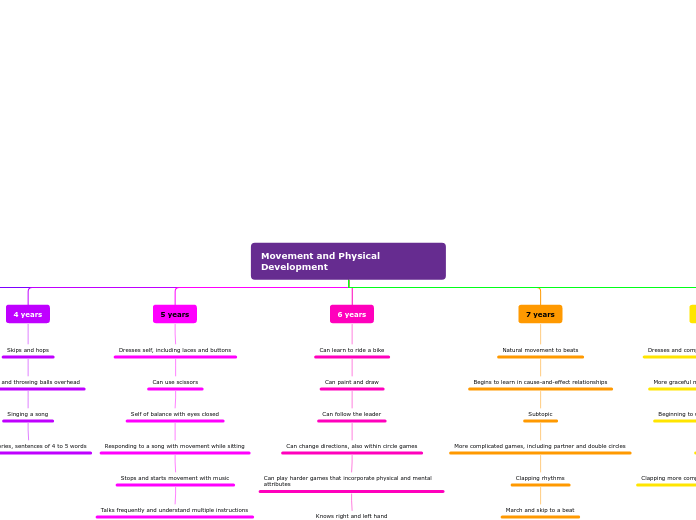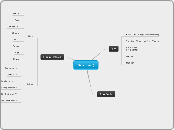Medieval Music . Pelayo
CONCLUSIONS
More Secular Music
Had day jobs
Musics
Poors
Composers
Anonymous
More Religious
DANCE
Famous Medieval Dance
The Morris dance
Egg dance
Estampie
Carol dancing
Instruments
drums , tabours , tambourines
bells
jingle
Circle dance
Country dance
Court dance
SECULAR MUSIC
Trobadours
Adam de la Halle
Composers:
Francesco Landini
Guillaume de Machaut
National Lenguage
11th century-13th century
RELIGIOUS MUSIC
Only Men
Poliphony
Gregorian chant(Gregory the Great)
Composers:Leonin/Perotin
First : Cathedral of Notre Dame(Paris)
MUSICAL FORM
Motet
No Religious
Organum
Parallel / Florido
Religious
Polyphonic
INSTRUMENTS
Outdoor
The Hurdy Gurdy
Indoor
Recorder
Percussion
Triangle
Drum
Wind
Pipe
Flute
Stringed
Viol
Harp
TEXTURE
Poliphonic
11 th century
Ars Nova ( 1300- 1450 ) Ars Antiqua ( 1100- 1300)
Monophonic
Without instruments - Melismatic chant
NOTATION
Scale
Guido D'Arezzo - Name of the notes
4 lines (tetragram)
Square Notation
INTRODUCTION
From 5th century to 15th century
Religion
Church /Cristianism/Islam
Society
Kings/Lords/Vassals
Feudalisim









